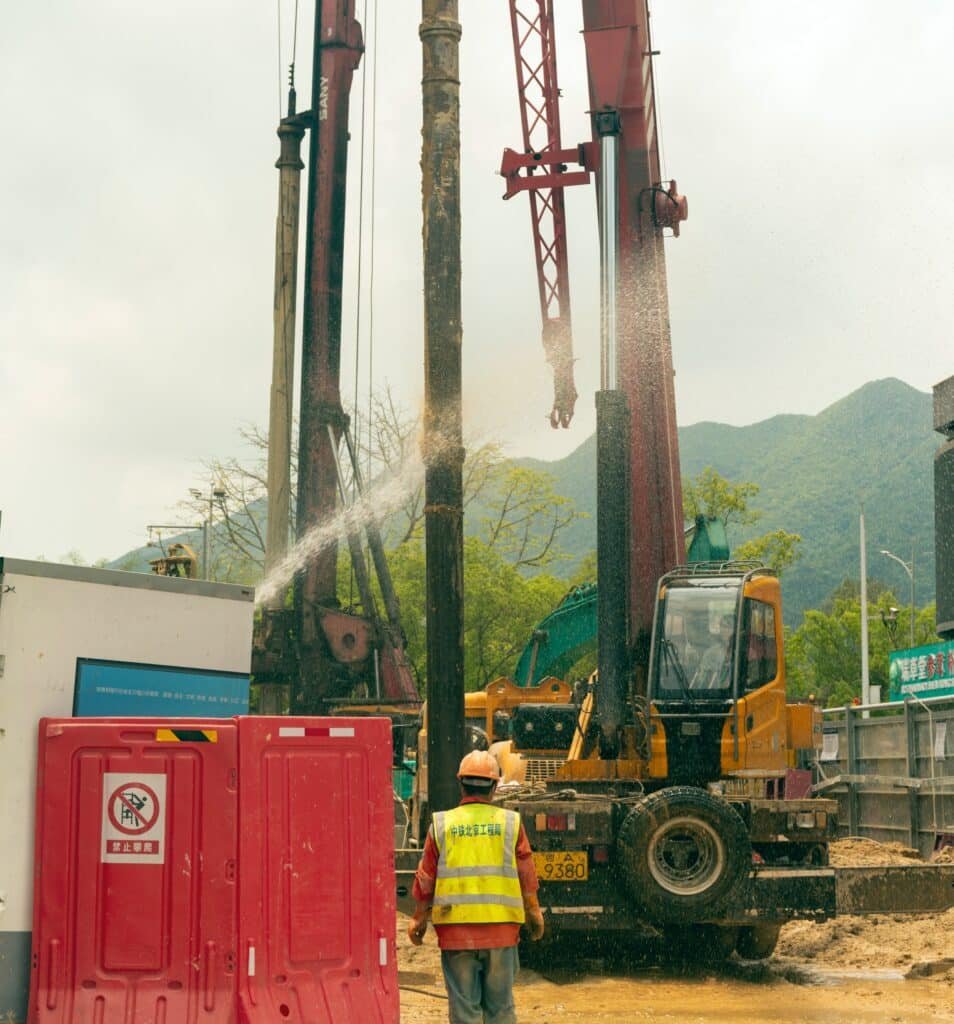
If you’ve ever tried to build legos, create a house of cards, or stack blocks on a carpet, you know that it’s very difficult to have much success. The ground is just too soft and moves too much for there to be a solid foundation to stack or build on.
The same goes for building a home or business, except the consequences are much more dangerous and costly if messed up.
Historically, and really just before the last 30 years, it was very tough to build on a solid foundation in many parts of the world due to a lack of good ground and resources. Sure, dirt could be brought in, but that could be extremely costly and time-consuming.
While it is still advised to have the best foundation possible, there are now technologies that allow for building in places that maybe aren’t solid rock or loam, but rather gravel, sand or silt.
One of the leading technologies and methods is called rigid inclusion.
What is a Rigid Inclusion?
A rigid inclusion, as defined by CNC Foundations, is “… concrete columns that are installed by drilling into the earth… A reverse flight displacement auger utilizes high torque capacity and down-thrust to bore holes, known as rigid inclusions or semi-rigid inclusions, into the ground on a grid… These rigid inclusions are roughly 10 to 18 inches in diameter and about 3 to 10 feet apart. The auger drills these inclusions up to 40 meters (roughly 130 feet) into the ground; it moves past soft soil down to more stable soil or dense sand or silt.”
In other words, essentially a drill goes 130 feet or more into the ground to get below the soft unstable soil. Once there, it fills with concrete to essentially become a strong anchor for a building.
How Does a Rigid Inclusion Help a Building?
The rigid inclusion is able to essentially help be the foundation and base of a building in that it provides a layer under the foundation to be sturdy. If there is ground movement or if the soil expands as it does in some situations, the building is left unaffected.
Think of it as a toothpick holding a sandwich or hamburger together. Even though the ground (bun and first few layers) may not be stable, because the toothpick goes through so many layers and depth, everything is able to hold together.
Because rigid inclusions also use a grid system, the distribution is set up in a way where a building won’t have to worry about too much weight affecting the pressure on the ground.
Where are Rigid Inclusions Used?
Realistically, a rigid inclusion can be utilized in any major project ranging from a large residential home to freeways, bridges, and water tanks. While the service will cost, it’s actually cost-effective when compared to other measures such as relocation, importing soil, or taking a chance and building on a weak foundation (leading to tens of thousands of dollars in repairs down the road).
One of the perks of this service is that most companies will come out and inspect the property and evaluate whether or not a rigid inclusion is needed, or another service such as aggregate pier, displacement piles, or even the ground is actually fine to build on.
Future of Rigid Inclusions
About 25% of homes and businesses are affected at some point by foundation issues. Around 5% experience a serious issue that requires major reconstruction or worse. Many of these buildings and homes were built before rigid inclusions and other modern-day techniques were being utilized commonly.
With this relatively new technique being used, buildings are much safer than before and builders can be confident that their project will last long term. Now, people and businesses are able to build essentially wherever they want because the kind of soil and ground is not nearly as crucial as it once was.
